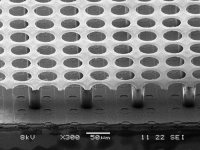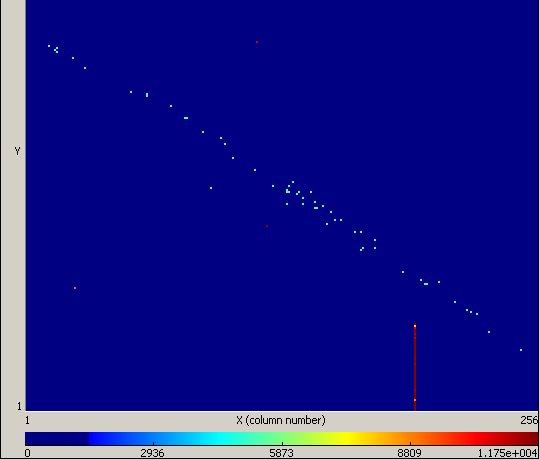 |
 |
|||||||||||||
|
|||||||||||||
|
|||||||||||||
|
The Netherlands might not fill a lot of space on a map, but that does not mean that the Dutch aren’t filling crucial positions in many different high-energy physics projects – including the ILC. The proposed particle accelerator falls on a long list of projects in which the Dutch national institute for subatomic physics (NIKHEF) and renowned universities are involved: ATLAS, LHCb and ALICE at the LHC, Antares, a neutrino telescope in the Mediterranean Sea, the Pierre Auger observatory, ZEUS, H1 and HERMES at HERA, D0, Babar, STAR… u vraagt, zij draaien (you name it, they’ve got it). They also keep an eye on the future with R&D for future detectors. The LHC has not yet started up but some groups are already working on upgrades for next-generation LHC experiments. Scientists in a special consortium formed in NIKHEF with the Dutch funding agency FOM and four universities (Utrecht, Nijmegen and two universities in Amsterdam) - have their eyes set on the ILC. Their main goal: find the best way to read out gas detectors like time projections chambers (TPC). The job isn't trivial. Electrons that have been knocked out of the chamber's gas when a charged particle passes through have to be directed towards an anode, amplified and collected. They are supposed to give a three-dimensional image of the track of the particle without creating discharges and damaging the readout chip. The two candidates applying for the job of this Micro-Pattern Gas Detector (MPGD) are GEMs (Gas-Electron Multipliers) and Micromegas (MICRO-MEsh GASeous detector). The NIKHEF group, working closely together with CERN, Saclay, and universities in the Netherlands and in Bonn and Freiburg, Germany, proposed to redesign an existing chip called medipix that they tested (in a new design and with the new name timepix) successfully in December 2006. What was just an idea in the beginning became real hands-on work when the collaboration received funding through the EUDET project in 2006. “This chip gives the greatest detail to reconstruct the tracks of the particles that passed the TPC,” says Jan Timmermans of NIKHEF. “Our greatest problem was the discharge that could harm the chip, but we managed to solve it.” Other projects on the Dutch to-do list include a detector building block called Gridpix, a combination of the timepix chip with protection layer and InGrid, a special micromegas detector. Combined with a thin gas layer it could be used in a future vertex detector. They also specialise in alignment systems and are working on one for the Compact Linear Collider CLIC at CERN. “We will be able to use the results from this project for the ILC as well,” predicts Timmermans. Medical applications is another field of research where teams from the Netherlands are working on developing large-area pixel detectors for X-ray imaging. And if you are looking to enlarge your party piece repertoire, why not memorise the Dutch word for particle accelerator? It's sure to get a few laughs -if only from the Dutch people in the room for the pronunciation. Particles are deeltjes. An accelerator is a versneller. Put together that makes: deeltjesversneller, pronounced something like dale-chess-fur-snell-ur. Good luck! -- Barbara Warmbein |
|||||||||||||
| © International Linear Collider |


